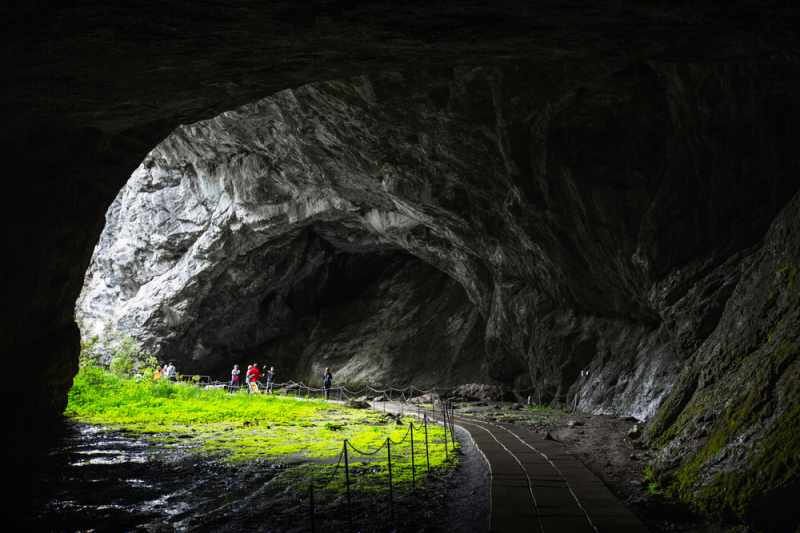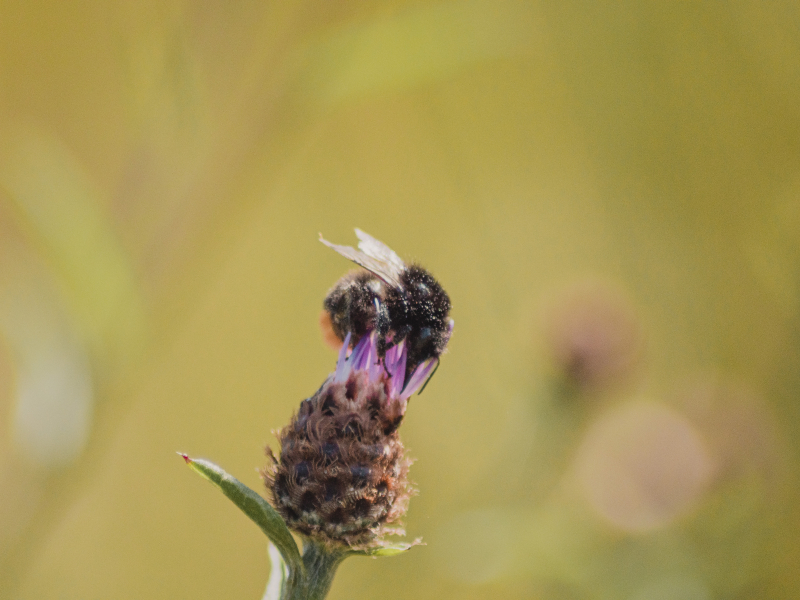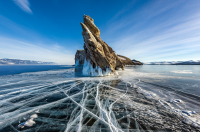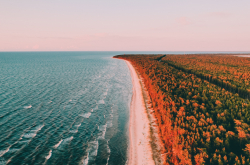The Republic of Bashkortostan is located in the heart of Russia, Southern Ural, a relatively calm area that won’t surprise you with any extremes like permafrost or northern lights. Currently, it is a developed industrial region, leading in oil extraction and supplying all of Russia with powdered soda (this fact will be handy later). Bashkortostan got its name from the Bashkir ethnic group, which has inhabited this land from the early Paleolithic period! Even after millennia, despite significant changes and a decrease in the indigenous population, the Bashkirs have managed to preserve their cultural identity. Just imagine: they could surpass the British in tea-drinking, their national hero is not only a warrior but a poet, and every mountain, river or cave of this region is fraught with a heart-fluttering legend about its birth (it's probably worth another article to explain it all).
Nature of Bashkortostan boasts breathtaking landscapes, formed by the Ural Mountains. In addition to incredible views of untouched nature and deposits of mineral resources, some places are of great historical value, capturing traces of ancient settlers. Unfortunately, these factors are often a reason for the numerous encroachments that nature has to face and the region’s proud inhabitants have to resist with all their rebelliousness, persistence, and creativity to save this unique gem.
Shihans
In the beginning was the sea... And that beginning was so far away (more than 260 billion years ago), that the sea has completely dried, making its bottom habitable and soil fertile. The reminder of such an incredible metamorphosis of Bashkortostan are the remnants of reefs of ancient seas, proudly standing out among steppe landscapes. These limestone mountains are called the Shihans and besides their impressive look host unique communities of plants and animals. Legend says that the limestones were the site of a love tragedy – four Shihans appeared where a young man tore his heart out because of unrequited love. It’s a sacred place for the locals, and every mountain has a personal lyrical name.
Now it’s high time to remember the soda. What do you think it is made from? Right, limestone. Mountains became the main and closest source of raw material for the production of baking soda. In fact, there used to be four Shihans, but since the 1950s, limestone mining has completely destroyed one of the Shihans, Shakhtau, and razed the mountain to the ground.
In 2020, the Bashkir Soda Company planned to continue mining limestone at Kushtau, the neighboring Shihan. But this time local residents stood up, striving to protect the mountain. Here came the protests including a confrontation with police, security services, and the industry. Thanks to the courage of the activists, this story has a happy ending, as the Head of the Republic of Bashkortostan granted it the status of a protected natural area. There’s no chance it could happen if the locals were indifferent.

The Kapova Cave. Credit: mihtiander via photogenica.ru
The Kapova Cave
A time travel adventure continues. Meet the Kapova Cave (Shulgan Tash) – the only cave in Eastern Europe with preserved rock paintings of about 19,000 years old. Its walls depict mammoths, rhinos, horses, and a bison on its walls (still can’t imagine rhinos walking around Russia). Kapova Cave is a complex natural monument with multiple grottos and halls connected by passages on various levels. The cave has two levels, with the paintings mainly located in the upper one, while the lower level hosts an underground river. It is called the Blue River (Shulgan), named after the color of the water, caused by the high amount of limestone in the water.
Of course, such a mystical place couldn't avoid being mentioned in Bashkir legends. What’s more, the plot of many ancient tales is tied to the Shulgan Tash cave or the Shulgan River. And it is no coincidence that both the cave and the lake carry the name of the underwater King Shulgen – an evil character of local folklore.
However, glory had a disastrous effect on the cave. In the 20th century, unscrupulous tourists painted the walls of the cave, broke off beautiful dripstone formations – stalactites and stalagmites – and stole cave pearls. The drawings also suffered. To save the unique monument, in 1971 the entrance to the cave was closed with a metal grate. Later, the preservation workers come up with a more original idea – instead of strict prohibition, tourists are shown copies of paintings near the cave entrance, with tours held only of the first hall.

Credit: Thomas Willmott (@tcwillmott) via Unsplash
Wild beekeeping
Some natural wonders can be smaller in size but great in significance. Bashkortostan remains the only Russian region where wild beekeeping is practiced. According to traditional practices dating back to the 17th century, bees should live in tree hollows high above the ground. Bashkir honey is produced by a unique population of Burzyan District honey bees, descendants of the European black bees. Having evolved during millions of years of geographic isolation, they produce honey unique in taste and quality. Extracting honey by climbing a tree requires skills and strength, so it’s becoming rather a challenge to train a new generation of wild beekeepers. Moreover, with deforestation and agricultural development, wild beekeeping has lost its leading position, giving a way to apiculture beekeeping. Russian regions and European countries turned their backs to modern methods, but the Bashkirs have chosen another path.
To preserve and study the bees in their natural state, the Shulgan-Tash State Reserve was established in 1986. Almost completely extinguished in the 1950s, wild beekeeping is now experiencing a revival. Contrary to all forecasts, wild beekeeping has become economically feasible and eco-friendly. Nowadays, honey from Bashkortostan is considered a delicacy, and local bees are kept safe in good conditions. Another miracle by the hands of the Bashkortostan residents!
To plunge deeper in the beauty of Russian regions and its fantastic nature, read our articles about Yamal, the homeland of the most nomadic nation in the world, a trip down the Volga river, and explore the most breathtaking natural wonders of Russia.




